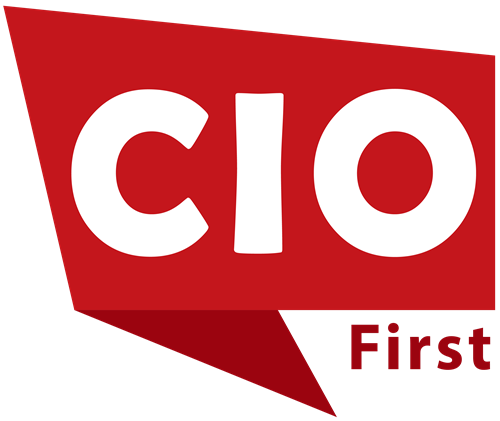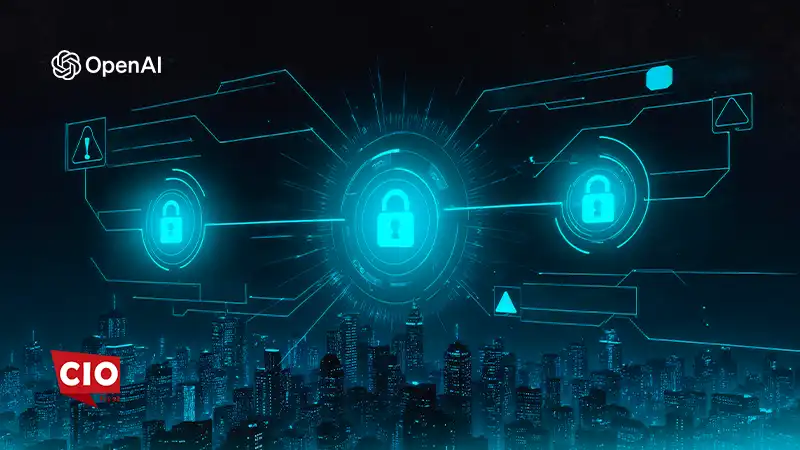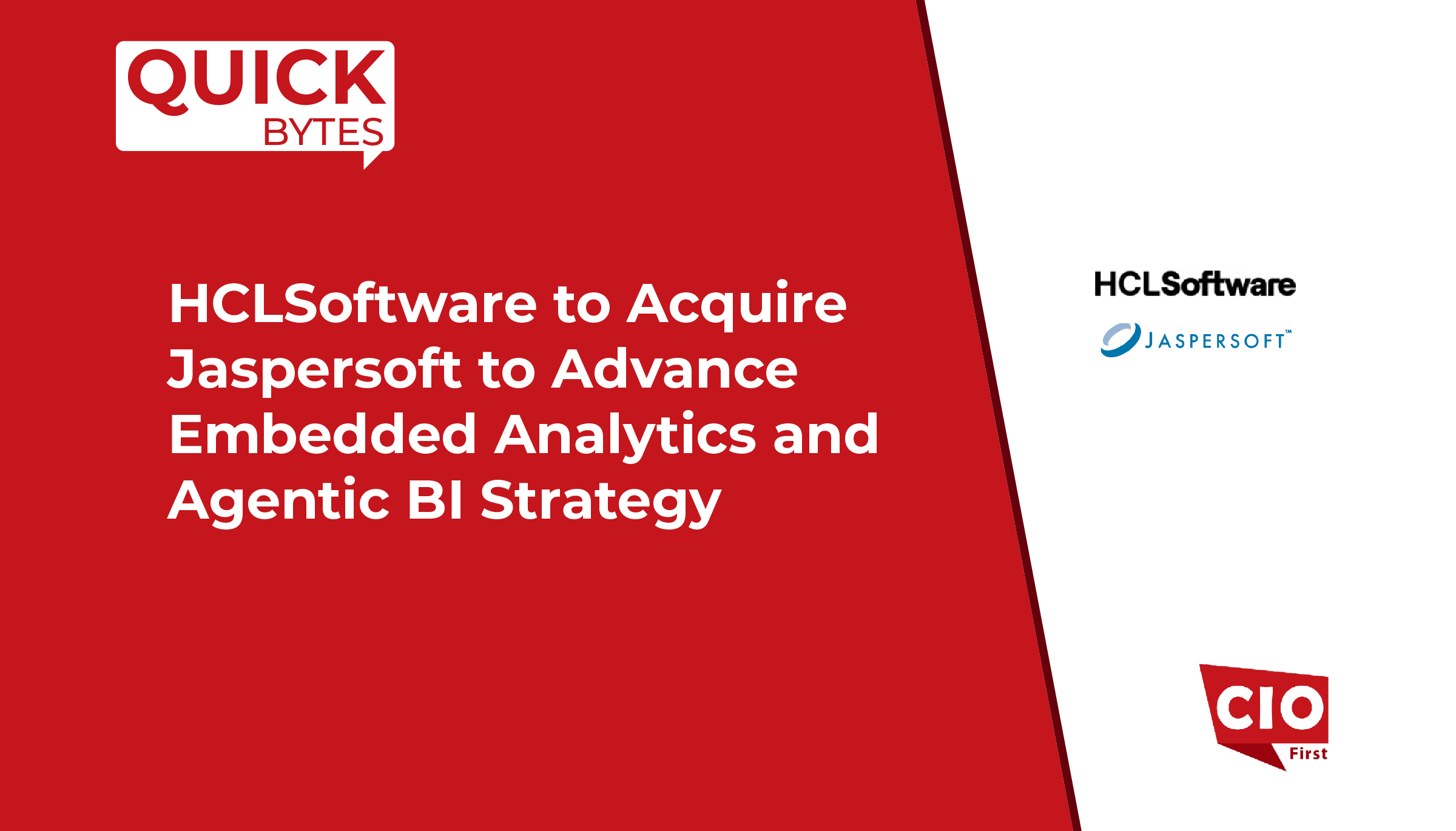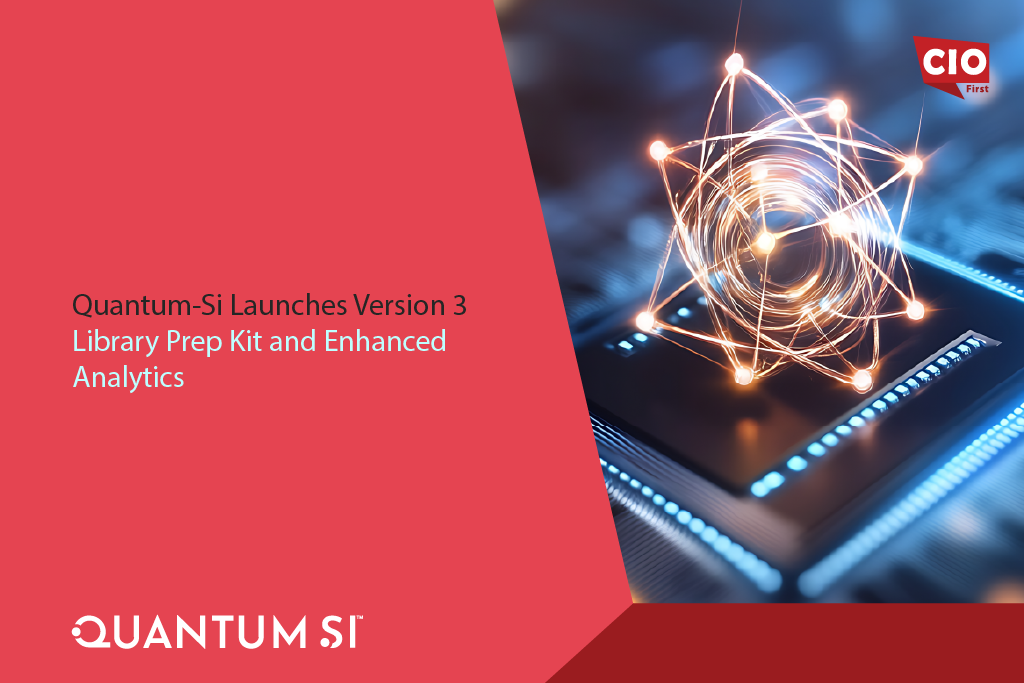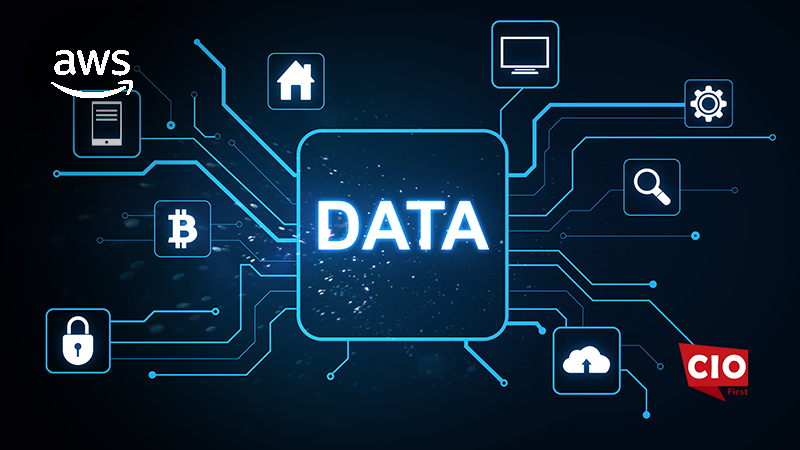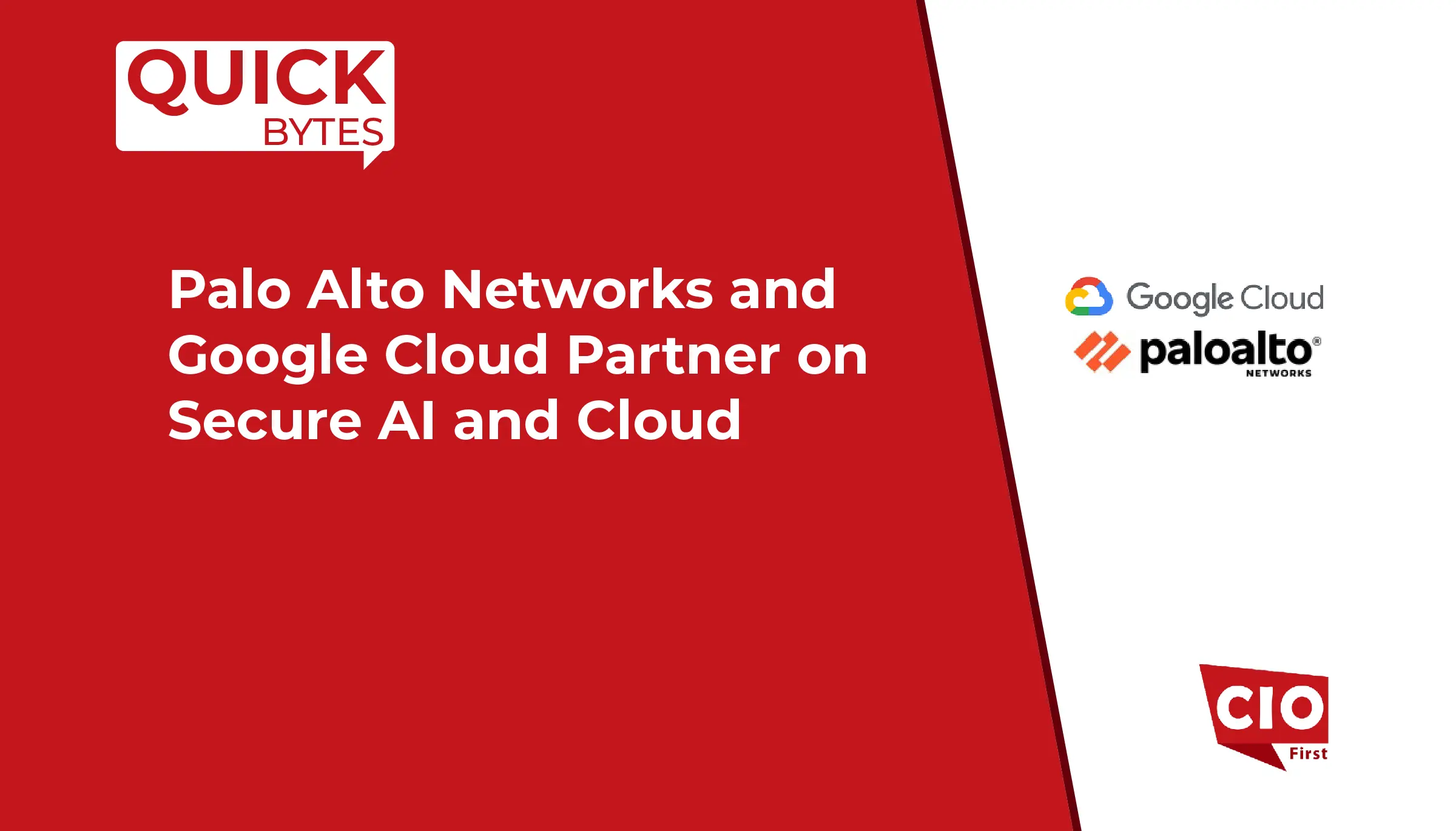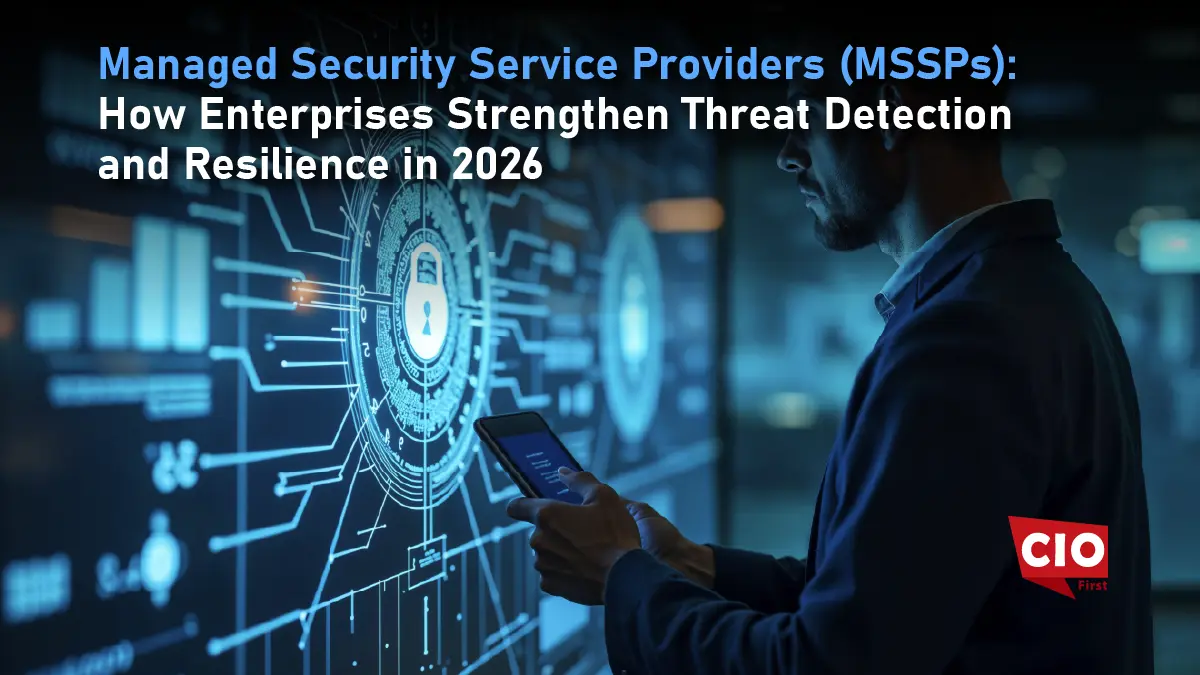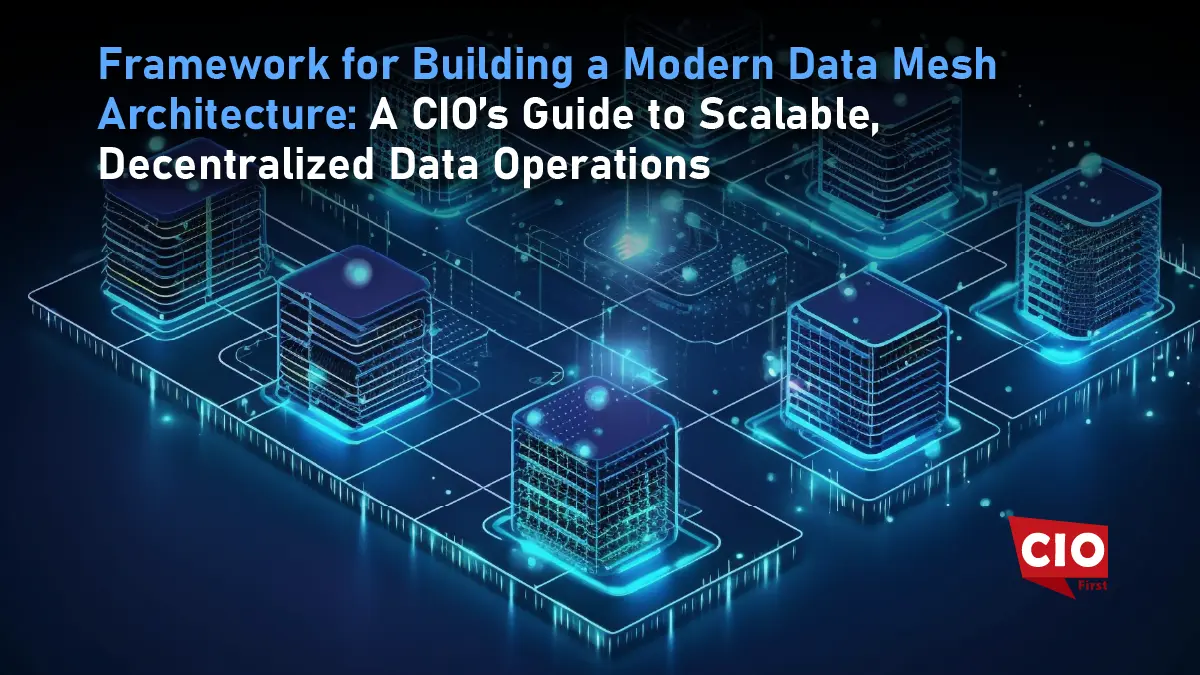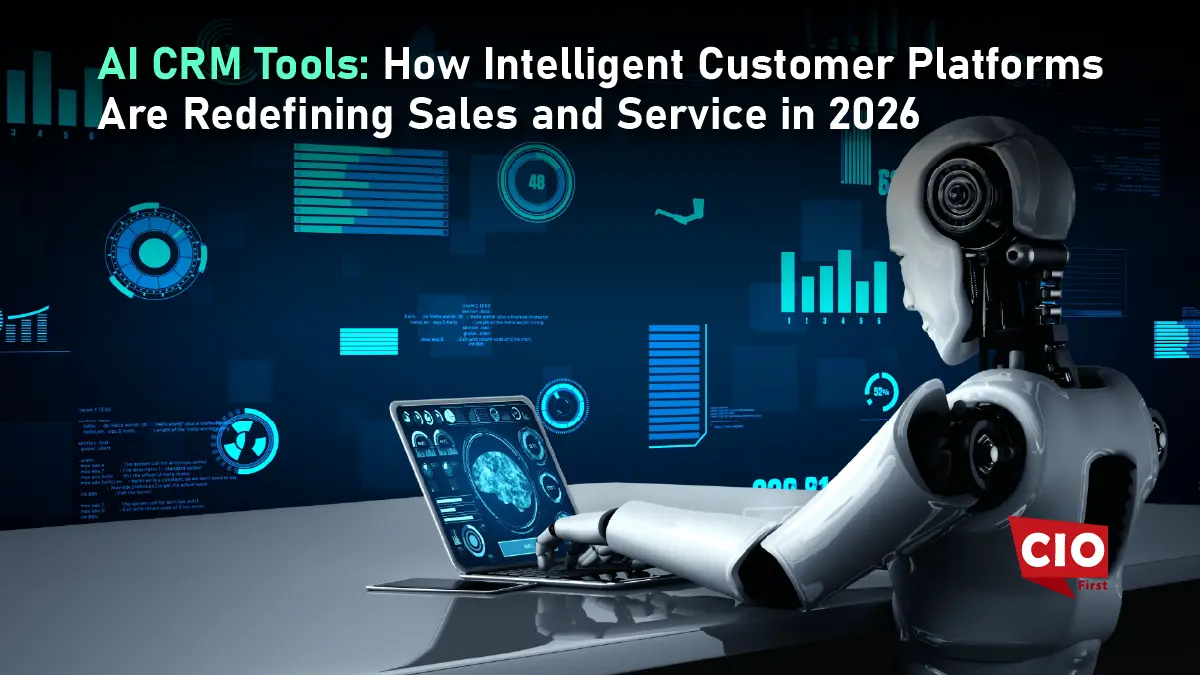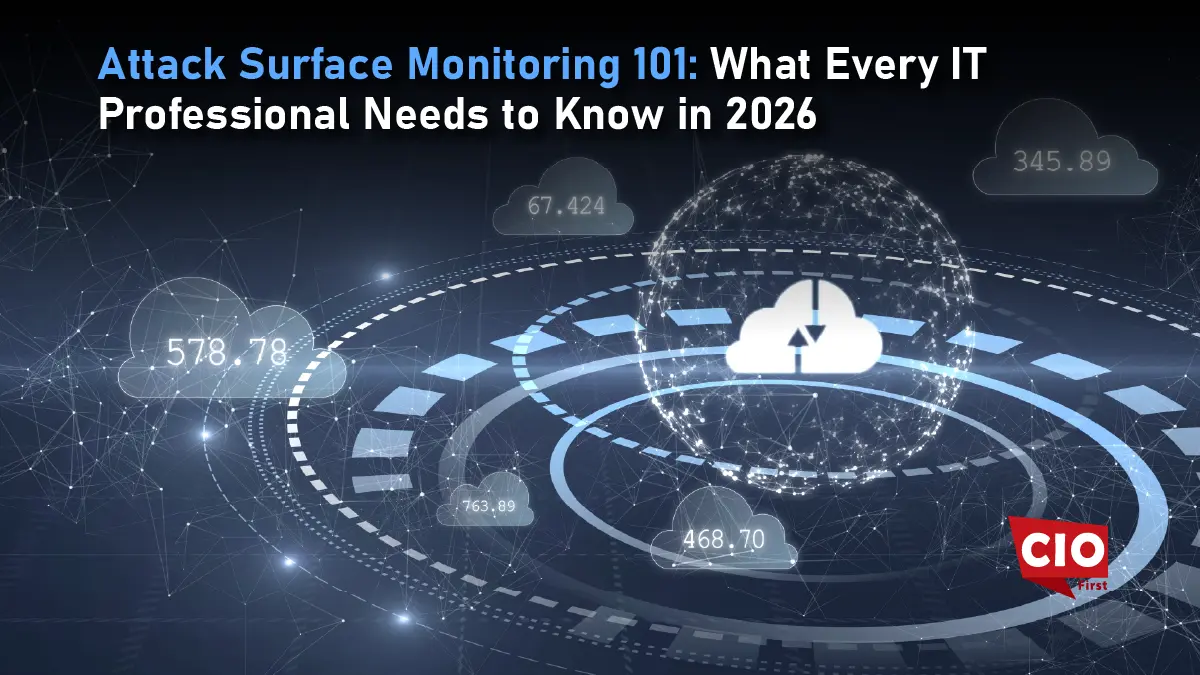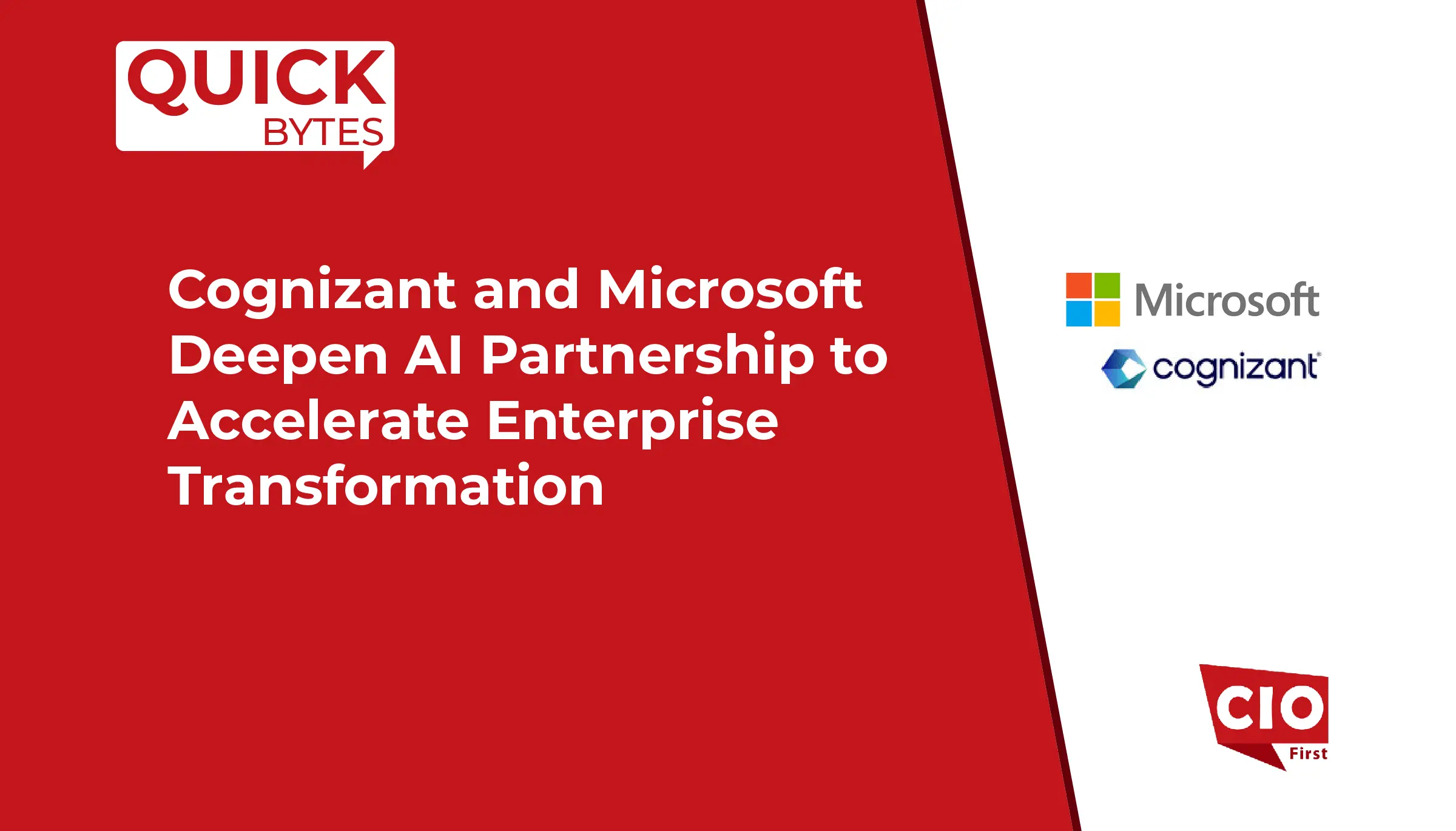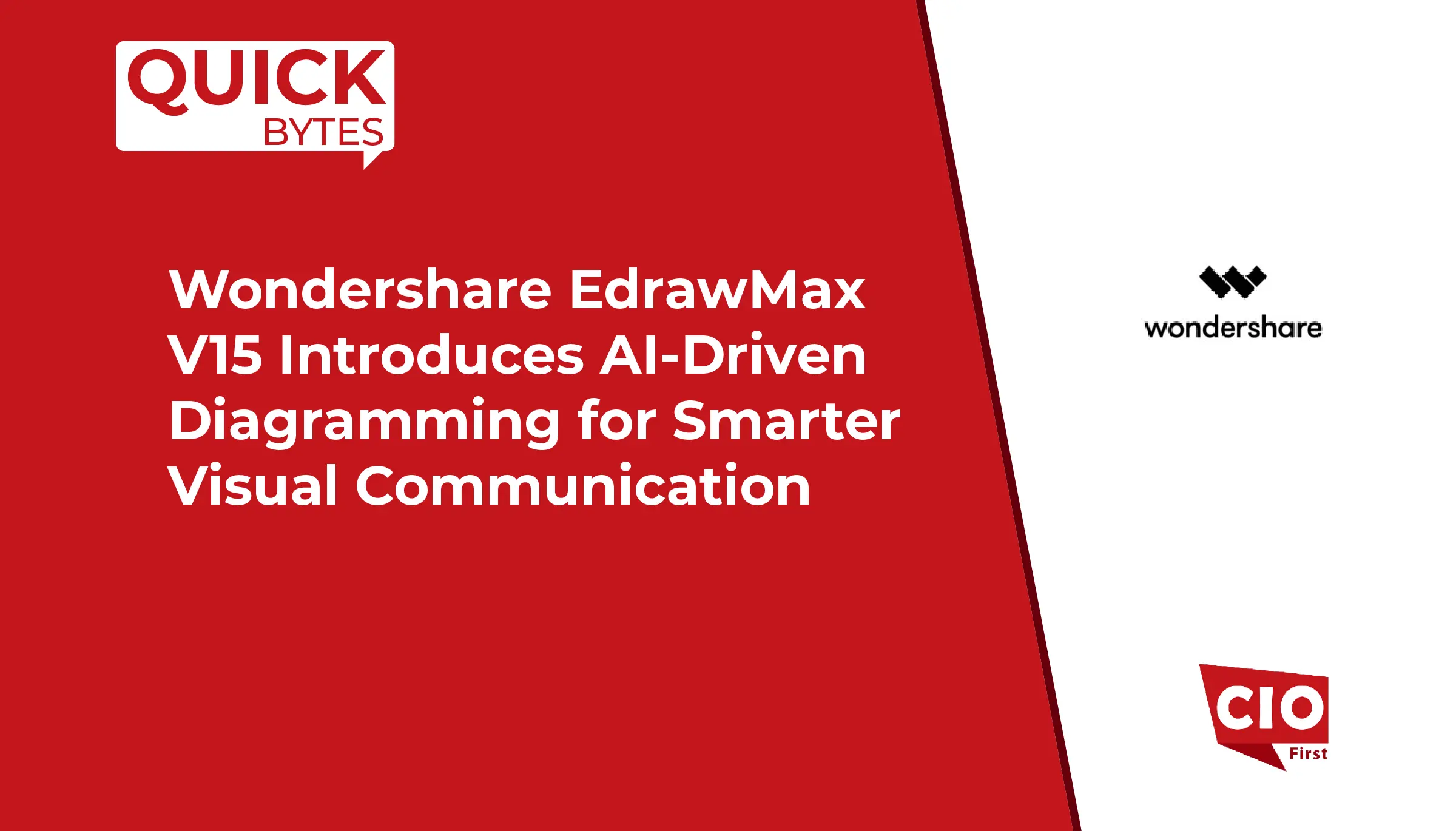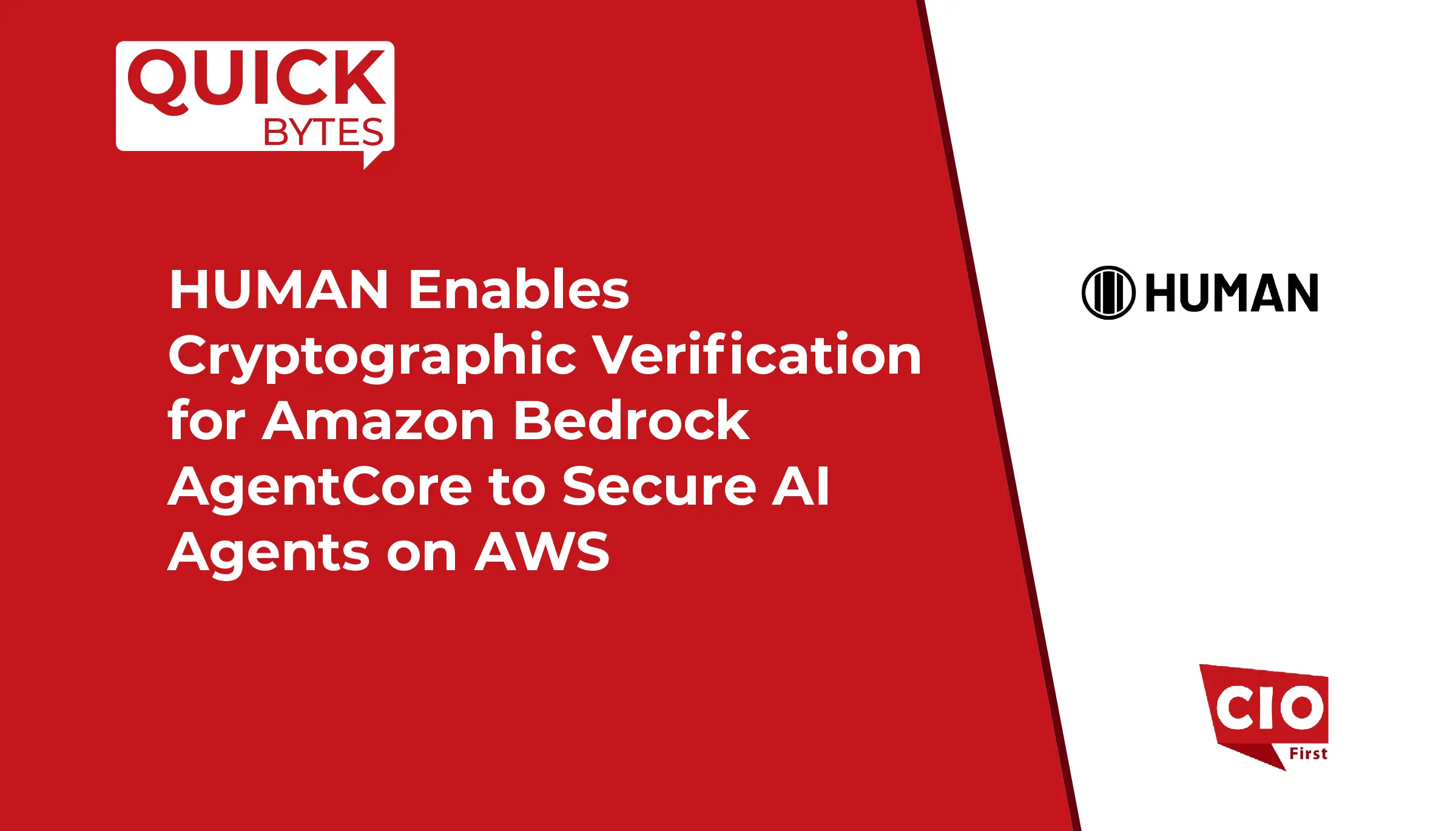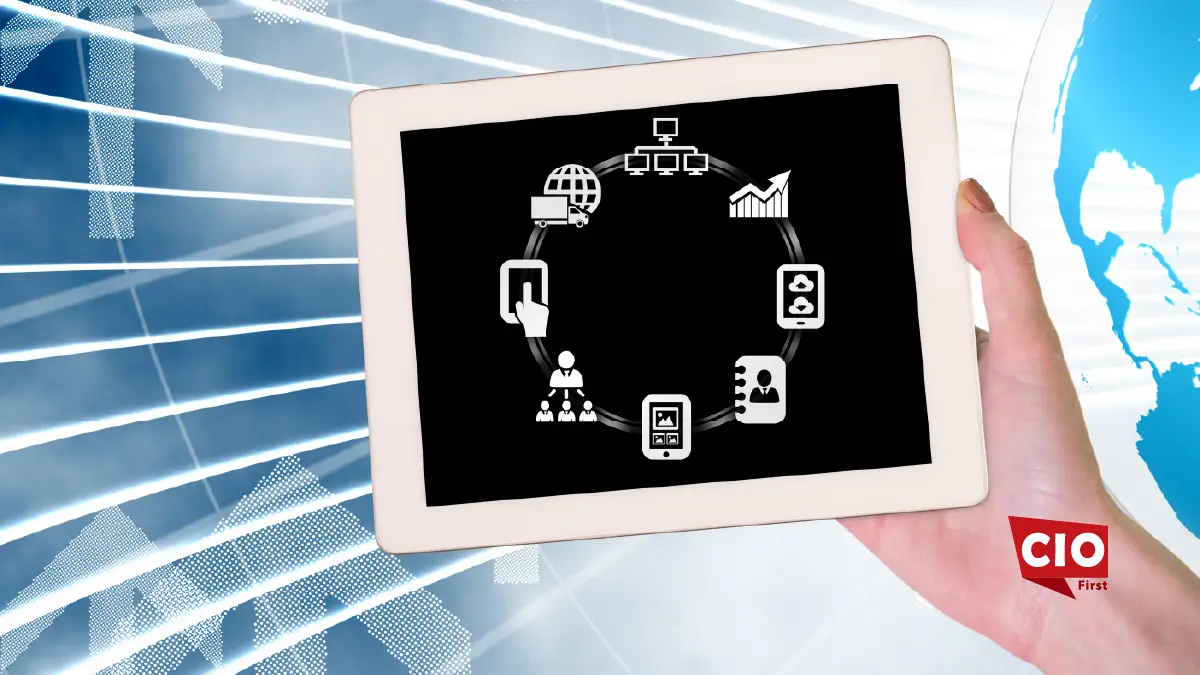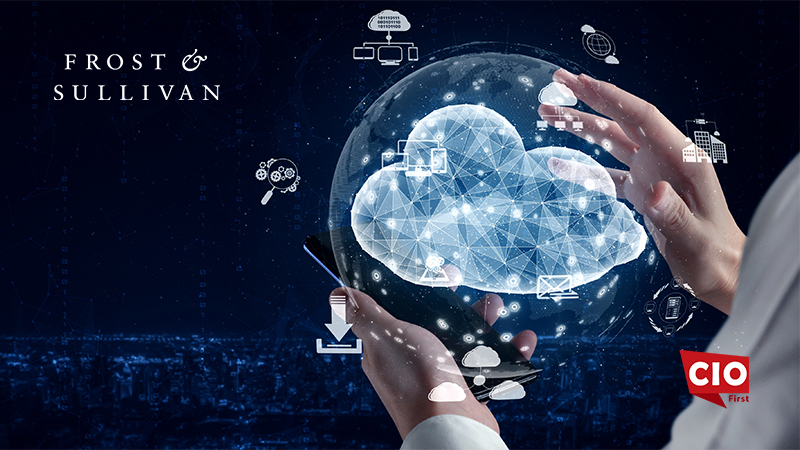Enterprise automation has evolved through successive phases, beginning with rules-based Robotic Process Automation (RPA), followed by the integration of artificial intelligence (AI), and the adoption of workflow engines to standardize business processes. These technologies have delivered measurable efficiency gains, particularly in repetitive and structured tasks.
However, limitations have become increasingly evident. RPA struggles with variability. Traditional AI operates in isolated models with limited integration. Workflow engines rely on static, predefined logic that lacks adaptability in real-time conditions. As enterprise operations become more dynamic and complex, these constraints are becoming harder to manage.
In response, a new category is emerging: agentic process automation. This approach introduces autonomous, goal-oriented agents capable of interpreting context, reasoning through options, and executing tasks across systems without step-by-step instructions. It builds on existing automation technologies but extends their capabilities to include real-time decision-making, dynamic orchestration, and adaptive learning.
Beyond RPA
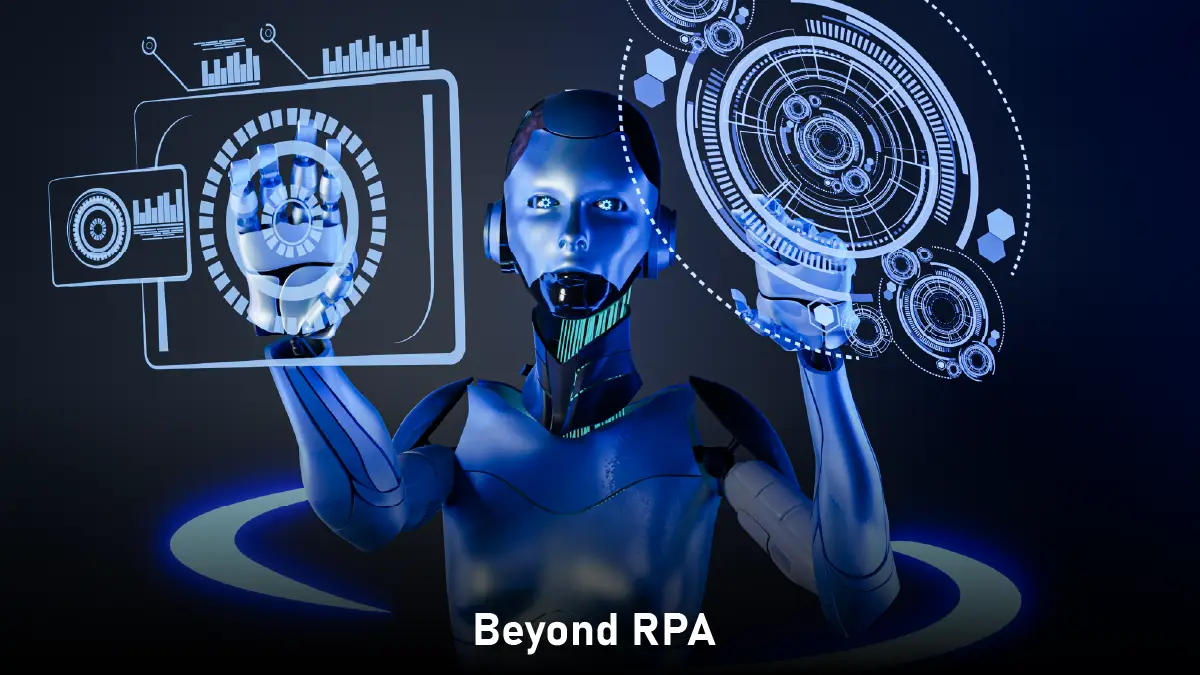
RPA succeeded by handling repetitive, rule-based tasks across enterprise applications. It automated tasks like data entry, invoice validation or user provisioning. But when exceptions occurred or processes required interpretation and decision making, RPA fell short. Bots didn’t have the contextual understanding to resolve ambiguity or adapt in real time.
Agentic automation fills the gap by putting cognitive into automation. Instead of just rules, agentic systems can interpret goals, evaluate dynamic conditions and act. For example, if a purchase order is delayed an agent can proactively contact a supplier, reschedule delivery windows and escalate internally, without being told to do so.
The leap is not just technical. It is operational. Enterprises shift from programming what a system should do, to defining what outcome is expected. Agentic systems handle the rest, navigating constraints, dependencies, and exceptions autonomously.
Agentic Capabilities
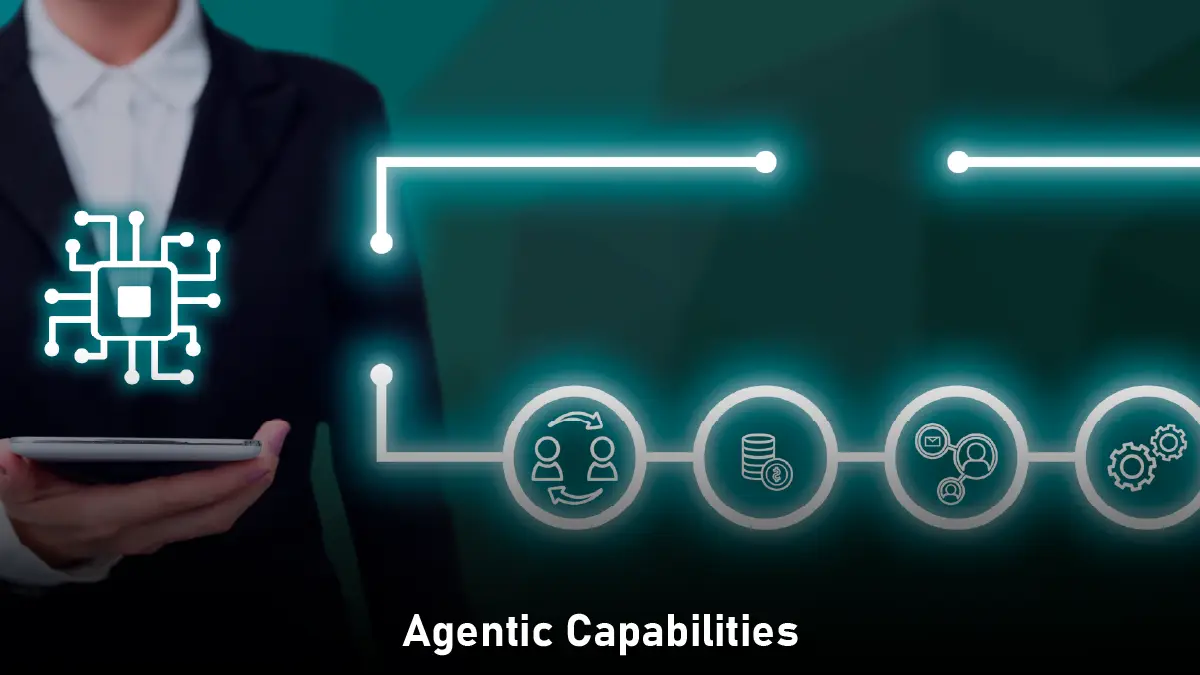
At the core of agentic process automation is a multi-layered architecture that supports perception, cognition, and execution.
Agents begin by sensing. They consume signals from systems, APIs, and user interactions to understand the current state, priorities, and blockers. Next comes planning. Using generative reasoning and task decomposition, agents break down high-level goals into executable subtasks. Finally, they act by triggering APIs, generating code, submitting forms, or invoking legacy systems.
These systems operate asynchronously and adjust continuously. If inputs change midway, such as a customer shifting priorities or a system going offline, agents recalibrate their approach. This loop allows them to function in non-linear, real-world environments where static flows often collapse.
Unlike traditional AI models that respond to isolated queries, agentic systems maintain memory, evaluate outcomes, and improve with each cycle. They operate as goal-driven collaborators rather than reactive tools.
From Workflow Engines to Dynamic Orchestration
Workflow engines have served as the backbone of enterprise process management. They define linear sequences, enforce business rules, and route approvals. Yet, they depend on pre-structured paths. When new conditions arise, the flow breaks or requires reconfiguration.
Agentic process automation does not replace workflows; it redefines how they are executed. Agents understand objectives and orchestrate actions dynamically. They do not wait for static inputs. Instead, they interpret business context and determine what needs to happen next, regardless of predefined scripts.
Consider the difference in handling a supply chain disruption. A traditional workflow engine would follow a predefined escalation path. An agentic system, however, can identify alternate vendors, simulate risk scores, adjust payment terms, and suggest adjustments to procurement schedules, all without explicit programming.
This dynamic orchestration introduces resilience and responsiveness. It reduces dependency on human intervention and enables continuous operation in unpredictable environments.
How APA is Different from Legacy Tools
APA may seem like RPA, AI or orchestration platforms but its architecture and capabilities are fundamentally different. Here are the key differences:
- Goal Oriented Behaviour: APA agents are driven by outcomes not scripts. They use dynamic reasoning not fixed flows.
- Cross System Execution: Unlike RPA bots that interact with specific applications, APA agents execute across systems via APIs, knowledge graphs and context aware prompts.
- Generative Planning: APA does real time task decomposition. Agents decide what to do next based on context not hard coded instructions.
- Adaptive Learning: Advanced APA systems learn from feedback and optimise over time – modify plans, choose new tools or avoid failed paths.
- Low Supervision Required: While human oversight is still required, APA reduces manual configuration, triggering and exception handling that is common in RPA or BPM systems.
Use Cases
While RPA automated transactional back-office functions, agentic process automation is being used in high-variability, judgment-heavy areas. Here are some examples:
- Customer Support: Agents triage complex service requests, infer customer sentiment and resolve issues by coordinating across CRM, billing and logistics systems.
- IT Operations: Self-healing agents monitor infrastructure, detect anomalies and initiate multi-step remediation actions without waiting for human input.
- Procurement and Sourcing: Agents manage RFQs, assess supplier responses and negotiate pricing or delivery terms in real time.
- HR Case Management: From policy clarifications to onboarding coordination, agentic systems respond with contextual recommendations and policy-aware actions.
In each case, the benefit is autonomy. Agents not only reduce manual effort but learn how to improve outcomes, increasing both throughput and quality.
Recent Product Launches in Agentic Process Automation:
- June 2025 – Pegasystems launches Agentic Process Fabric
At PegaWorld 2025, Pegasystems introduced the Agentic Process Fabric, designed to orchestrate AI agents across workflows. The solution includes agent-to-task conversion tools, governance layers, and is set to be fully deployed in Q3 2025.
- June 2025 – Krutrim launches Kruti, India’s first multilingual agentic AI assistant
Indian startup Krutrim unveiled Kruti, an agentic AI assistant capable of managing tasks like cab booking, food delivery, and payments across 13 Indian languages. It’s positioned as a mobile-first platform for real-world agent-based automation.
- April 2025 – UiPath launches enterprise-grade Agentic Automation Platform
UiPath introduced a new platform combining AI agents, RPA bots, and human workflows. It features UiPath Maestro, supports open frameworks like LangChain and Anthropic, and enables end-to-end agentic orchestration across systems.
- April 2025 – Appian releases Agent Studio (beta) and AI Document Center (GA)
Appian rolled out the beta version of Agent Studio, allowing users to build and deploy intelligent agents. The AI Document Center was launched for general use, offering document automation and real-time data integration with enterprise systems.
Toward Outcome-Based Automation
Enterprises adopting agentic models are starting to reframe automation success metrics. Instead of speed or headcount reduction, the focus is shifting to business outcomes. Metrics now include first-contact resolution, time-to-decision or process resilience under dynamic conditions.
This applies to procurement too. Organizations are moving away from fragmented automation tools and looking for integrated platforms that support agent-based orchestration across business units. Vendors that can deliver configurable, secure and extensible agentic architectures are gaining traction.
It’s early days but the direction is clear. As demand for intelligent, scalable automation grows, static bots and rigid workflows are giving way to systems that learn, reason and act independently.
Also Read: Generative AI for IT Operations: Opportunities and Pitfalls for CTOs
Architectural Foundations of Agentic Platforms
Deploying agentic process automation at scale requires a rethinking of automation infrastructure. Unlike RPA bots or static workflow rules, agentic systems require flexible, interoperable, and memory-aware environments. Architecturally, these platforms include several key components.
First is a goal interpreter which allows the system to translate high level business objectives into machine readable instructions. This means non-technical users can initiate complex processes by specifying the desired outcome rather than programming the exact steps.
Second is an execution core that supports dynamic task generation, branching logic and asynchronous activity handling. This engine must integrate across enterprise APIs, databases and legacy systems, handle structured transactions and unstructured signals in real time.
Third is a contextual memory layer. Agentic systems must retain interaction history, task dependencies and results across sessions. This is what differentiates them from stateless automation tools and allows them to learn.
Finally, governance and security layers ensure compliance with enterprise policies. These control how agents access systems, handle data and escalate exceptions so autonomy never comes at the cost of auditability or control.
Governance and Risk Management in Agentic Deployments
Autonomy introduces power, but also risk. As enterprise agents begin to make decisions, CTOs, COOs, and compliance leaders must establish governance frameworks that define boundaries, track behavior, and enforce accountability.
Leading implementations define role-based access controls at both the agent and task levels. This ensures agents cannot trigger sensitive operations or access confidential systems without proper oversight. Logging every decision path and action taken by an agent is equally critical for post-event review and regulatory compliance.
Risk scoring is emerging as a useful practice. Enterprises can assign risk tiers to various agentic actions. Low-risk tasks, such as internal status queries, may run autonomously. Higher-risk actions, such as altering financial records or triggering legal notices, require supervisory sign-off or multi-agent consensus.
Just as traditional automation is governed by workflow maps and system permissions, agentic systems require similar rigor, augmented to account for independent reasoning and continuous learning.
Integration with Existing Enterprise Ecosystems
Another consideration is compatibility with existing technology stacks. Agentic process automation platforms must not disrupt current RPA tools, BPM engines, or ERP systems. Instead, they should augment them by layering intelligent agents atop existing systems to increase adaptability.
Many enterprises are pursuing hybrid models. Static workflows remain in place for routine processes. Agentic automation is introduced for exception handling, variable processes, or cross-domain decision-making. This phased approach reduces operational disruption and allows organizations to test and scale use cases incrementally.
Cloud native architecture also plays a big role. Modern agentic platforms use containerization, microservices and serverless execution to ensure scalability, resilience and rapid iteration. Integration via APIs and event streams allows agents to stay responsive and connected without having to replace the whole system.
Building Internal Expertise and Change Readiness
The shift to agentic automation is not purely technical; it requires cultural change. Business and IT teams must understand how agentic systems operate, how to define goals clearly, and how to interpret agent-driven outcomes.
Upskilling programs are being introduced across early adopter enterprises. These focus on task modeling, trust boundaries, prompt engineering, and process decomposition. Leaders are also designating internal “agent owners” who act as custodians of specific agent systems, ensuring alignment with evolving business needs and performance metrics.
Feedback loops between agents and human operators are essential. While the long-term vision is autonomy, short-term deployment must include robust oversight, simulation environments, and staged rollouts. This helps build confidence and gradually transfer process ownership to digital agents.
Future Outlook
As maturity increases, agentic systems will become not only autonomous but self-optimizing. Future versions will analyze their own task outcomes, find process bottlenecks and suggest changes. They will negotiate goals, balance competing priorities across business units and support enterprise resilience through proactive risk sensing.
For enterprise leaders the next 3-5 years is the window of opportunity. Those who invest early in agentic process automation will get the strategic advantage of speed, adaptability and efficiency. They will be better equipped to handle unpredictable workloads, market volatility and cross-functional decision making at scale.
Technology providers are already responding. The ecosystem around agentic platforms is growing with startups, cloud providers and automation vendors building capabilities for autonomous orchestration, intelligent coordination and dynamic prioritization.
Conclusion
Agentic process automation is a new evolution from previous automation technologies. It goes beyond scripted logic and rule based systems to autonomous agents that can interpret context, make complex decisions and adapt to change. RPA and AI gave us productivity gains in structured workflows, agentic systems extend that to the unpredictable and dynamic core of enterprise operations.
For organizations that want to move faster, scale smarter and reduce human intervention for every exception, agentic automation is the way forward. It’s not a replacement for previous automation but the next step.
The transition will require thoughtful governance, architectural readiness and organizational change. But for those who are ready to lead this change agentic process automation is the foundation for a more resilient, intelligent and responsive enterprise.
